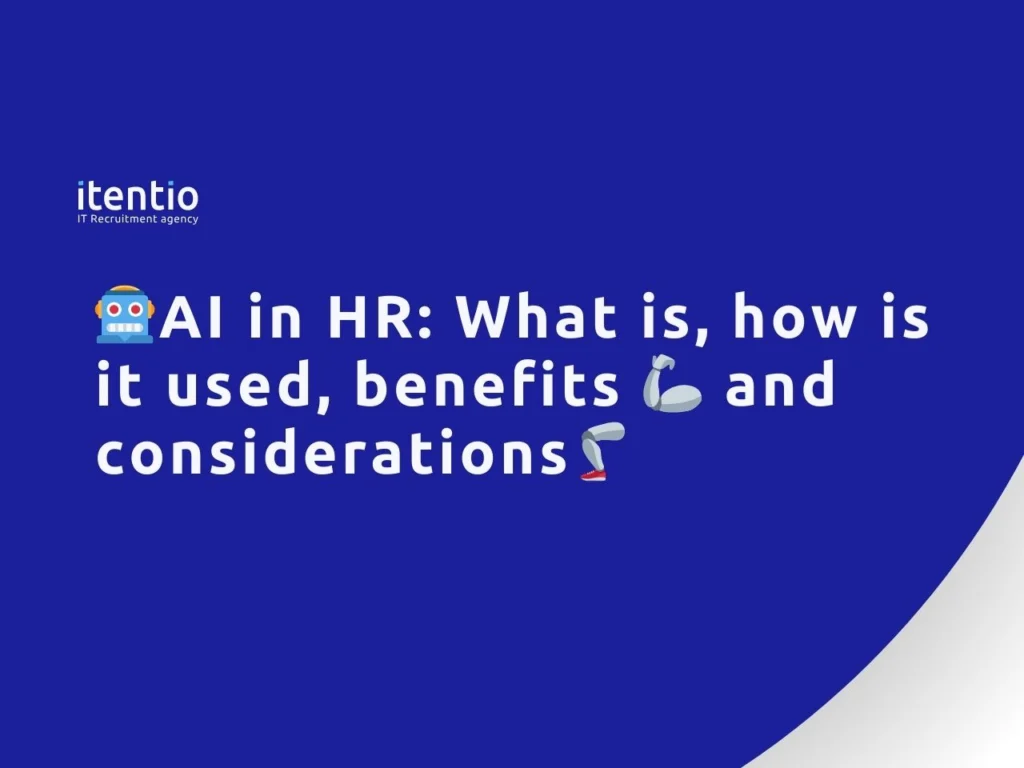This article explores the concept of Skills Parsimony, contending that it can enhance efficiency and effectiveness in both the recruitment process and employee productivity by narrowing the spectrum of necessary skills to those that are genuinely central to the role.
Introduction
The notion of job positions in the current job landscape has markedly broadened, notably in the technology sector. Employees are frequently tasked with an extensive array of duties that surpass their primary job functions. This trend has sparked a conversation on the necessity for Skills Parsimony — an approach that advocates concentrating on a concise, essential set of fundamental skills vital for a position.
The Evolution of Tech Job Functions and the Need for Skills Parsimony
In recent decades, job responsibilities have experienced significant evolution, especially within the technology sector. Initially, positions were clearly outlined with precise tasks and competencies. Nevertheless, the swift progression of technology and shifting organizational requirements have resulted in a notable broadening of these roles. Presently, employees are expected to possess a mixed skill set, encompassing technical proficiency along with soft skills such as communication and project management.
This shift has resulted in job specifications that are frequently overloaded with an extensive array of skill requirements. Employees discover themselves balancing numerous duties, a situation that can culminate in heightened stress and diminished job satisfaction. For organizations, this complexity complicates the recruitment process, as finding candidates who fulfil all the required skills becomes increasingly challenging. The expanded range of skills needed also implies that employees may encounter challenges in excelling in any single area, ultimately impacting their comprehensive performance and the organization’s productivity.
Understanding Skills Parsimony
Skills Parsimony involves distilling job positions down to their fundamental core competencies. This approach focuses on the essential set of skills required for an employee to proficiently execute their primary job duties. In contrast, the prevailing trend in job descriptions includes a lengthy list of skills, some of which are peripheral to the core responsibilities of the role.
For instance, a software developer’s fundamental skills could encompass programming languages, problem-solving, and debugging. Following the principle of Skills Parsimony, activities like project management or customer interaction, which are not core to the developer’s primary functions, would be de-emphasized or reallocated to positions explicitly crafted for those tasks.
In different industries, Skills Parsimony can be implemented by identifying and prioritizing the skills that directly contribute to the core purpose of the position. For example, in the healthcare realm, a nurse’s pivotal skills would include patient care and medical knowledge, while administrative responsibilities could be reduced or delegated to support staff. This streamlined focus enables employees to refine their proficiency and perform their jobs more efficiently.
The Problems with Extensive Skill Requirements
The trend of overloading job descriptions with numerous skills has several adverse consequences:
- Employee Burnout: Employees who are required to oversee a broad array of duties can swiftly feel overwhelmed. The continual transition between tasks that require diverse skill sets can trigger stress and burnout, reducing overall job satisfaction and efficiency.
- Difficulty in Finding Suitable Candidates: Job descriptions that list an vast array of skills can be daunting for potential candidates. Numerous individuals may perceive they do not meet all the requirements, resulting in a reduced talent pool of applicants and lengthy recruitment processes.
- Inefficiency and Reduced Productivity: Employees who are stretched thin across multiple assignments are less likely to excel in their primary responsibilities. This can result in inefficiencies and a decline in overall productivity.
Tech companies frequently serve as prime examples of these challenges. For instance, a technology firm that requires its developers also to handle client interactions and project management might discover that its developers exhibit reduced productivity and are more prone to errors due to divided attention and escalated stress levels.
Benefits of Focusing on Core Skills
Adopting a Skills Parsimony approach offers numerous benefits:
Improved Employee Performance and Satisfaction: By focusing on core skills, employees can center their efforts on their areas of expertise, leading to more elevated quality work and greater job satisfaction. Employees who are not overwhelmed by peripheral tasks are more likely to thrive in their primary responsibilities.
More Accessible and More Effective Hiring Processes: Narrowing down job requirements to fundamental skills simplifies the recruitment process. It becomes simpler to find candidates who align with the job description, leading to quicker and more efficient hiring decisions.
Enhanced Talent Density: With an emphasis on core proficiencies, organizations can guarantee that their teams comprise highly skilled individuals who excel in their primary functions. This concentration of talent culminates in heightened comprehensive performance and a more proficient workforce.
Evidence supporting these claims includes studies demonstrating that employees who can concentrate on their strengths exhibit higher engagement and productivity. For instance, Gallup’s research reveals that employees who use their strengths on a daily basis are six times more likely to be engaged in their roles. Organizations that streamline their hiring processes to prioritize essential skills also report enhanced comprehensive performance and reduced turnover rates.
Implementing Skills Parsimony
Organizations aiming to integrate Skills Parsimony can follow these pragmatic steps:
Conducting Job Analysis: Perform a exhaustive evaluation of each position to identify the fundamental skills necessary for effective performance. This involves interacting with current employees and managers to comprehend the essential tasks.
Engaging with Employees: Request input from employees to gain insights on the most crucial tasks within their roles and those that could be delegated or eliminated. Employees frequently possess valuable insights into the practical aspects of their job functions.
Streamlining Job Descriptions: Modify job descriptions to spotlight essential skills and obligations. This might entail establishing more specialized positions to handle peripheral tasks, ensuring that employees can focus on their primary functions.
While prioritizing core skills, maintaining a degree of flexibility and adaptability is crucial. Entities should guarantee that employees have opportunities for growth and development in related areas, nurturing a versatile workforce capable of adjusting to evolving requirements. This balance can be achieved by promoting continuous learning and furnishing resources for skill development.
Conclusion
In conclusion, Skills Parsimony presents a compelling approach for refining job functions and augmenting bothemployee and organizational performance. By reducing the emphasis on peripheral skills and highlighting core competencies, firms can streamline their recruitment processes, enhance employee satisfaction, and elevate talent density. Adopting Skills Parsimony can lead to more streamlined and productive operations, positioning organizations for heightened success in today’s fiercely competitive job market. Companies are encouraged to adopt this approach to achieve superior outcomes in recruitment and employee performance, ultimately fostering a more capable and content workforce.
Skills parsimony and external support can streamline your recruitment process. At Itentio IT Recruitment, we gladly assist you with building or expanding your remote software team in Poland and Eastern Europe.
Check out reviews about us on Clutch and contact us today and take the first step towards a thriving, cost-effective software development future. Let’s create your success story together!



